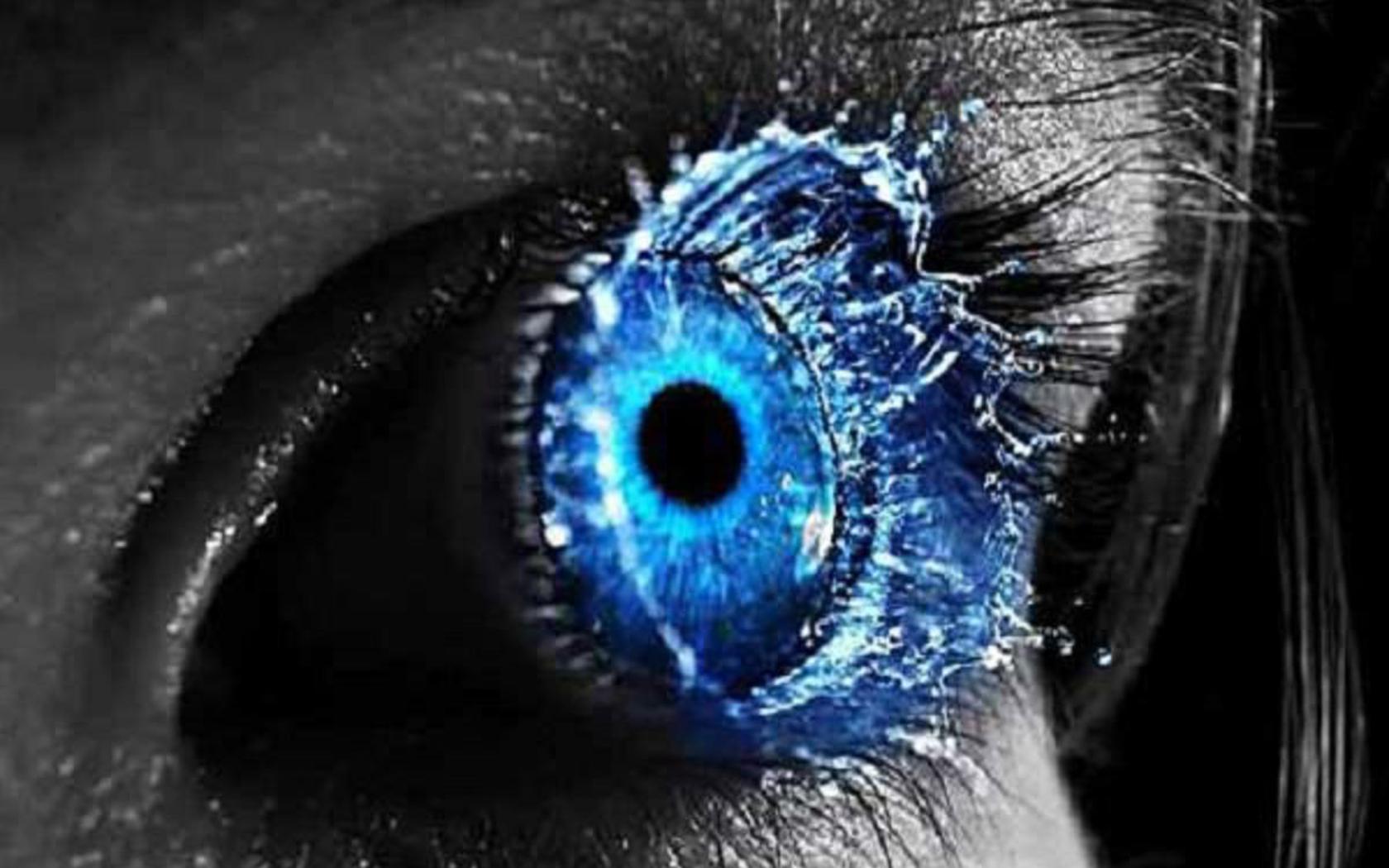Understanding the Different Image Editing Techniques
Photo or image editing involves processes responsible for altering of digital photographs, illustrations, or traditional photochemical photographs. Traditionally, tools such as airbrushes have been used to modify photographs as well as edit illustrations. Nowadays, there are various software programs broadly grouped into 3D modelers, raster graphics editors, and vector graphics editors which are largely used to manipulate, transform, and enhance images.
There are various capabilities that photo editing software has which are worth discussing because they can help inform your decision when shopping for appropriatesoftware. Additionally, some of the software is partly free and the other premium.
Image Size Alteration
This capability is often called image scaling because what happens is that the image editors resize the images making them smaller or larger. Most high image resolution cameras produce large images which you have to reduce in size if you are to use them online. In image resizing, the photo editors use an arithmetic process known as resampling to compute the new pixel values whose spacing is smaller or larger relative to the original pixel values.
Image Cropping
Cropping of images by digital editors helps in creating new images by selecting a portion from the original images being cropped. Image cropping has nothing to do with the resolution of the area being cropped, however, to get the best results; the original image ought to have a higher resolution. The primary reason why cropping is necessary, is to enhance the composition of the new image.
Noise Reduction
Although it may sound unconventional, images have noise. In noise reduction, a photo editor estimates the state of the scene without noise and establishes a tradeoff between the reduction of artifacts such as scratches and dust and the undesirability of the noise.
Usually, noise invades images whenever pictures are taken in settings with low lighting. The image editor can add uniform monochrome noise to give your new picture an antiqued effect.
Inpainting
If you want to remove unwanted branches and other distracting elements from your image so as to draw focus to the subject itself and improve its overall composition, inpainting is what you need.
Image Orientation
Through photo editors, you can alter an image by rotating it to any degree and direction. As the editor, you can create mirror images, horizontally flipped images, or images rotated to a certain degree. The reason why this is necessary is because at times, you may want to correct verticality or to level the horizon. Most rotated images usually need cropping thereafter in order to eliminate the gaps at the edges of the image.
Perspective Control
The capabilities of image editing software are almost endless. If you want to distort the shape of an image and add special effects, perspective control is the editing feature you need. For instance, of you take photos at an oblique angle; you will need perspective distortion to correct this to a rectilinear subject.
It’s important that you exercise care when performing this task because the image is reprocessed using interpolation of adjustment pixels, an act that may ultimately reduce the overall image definition.
Other photo editor capabilities include image enhancement, lens correction, sharpening and softening of images, as well as image slicing.




Hi,
Many many thanks for sharing such a superclass techniques. Wonderful explanation and I really appreciate your tips. keep posting such kind of information on your page.
I will certainly dig it and personally suggest to my friends. I’m sure they’ll be benefited from this website.